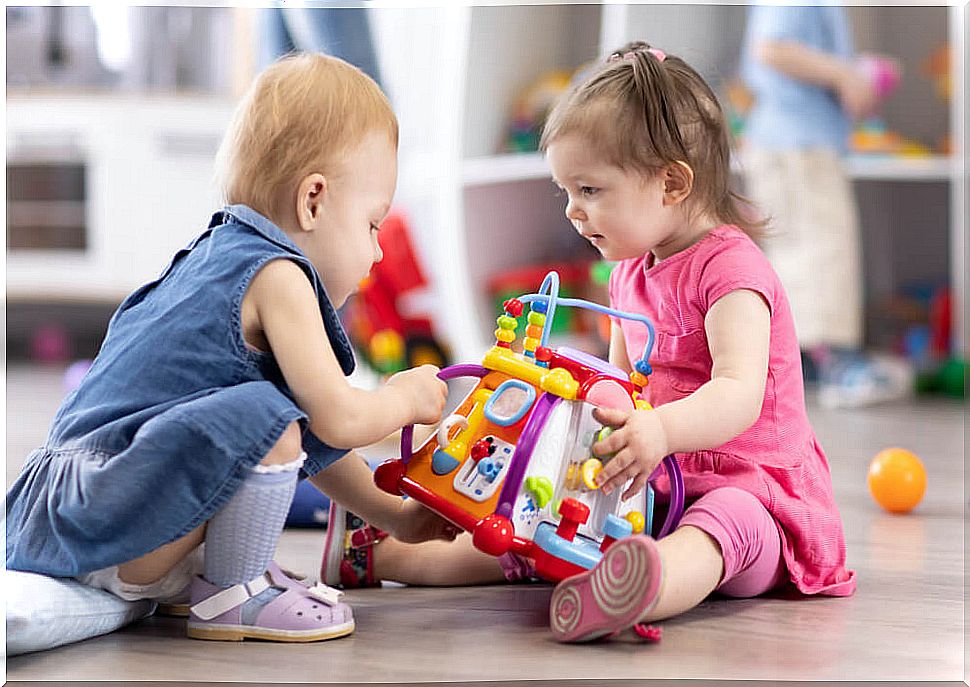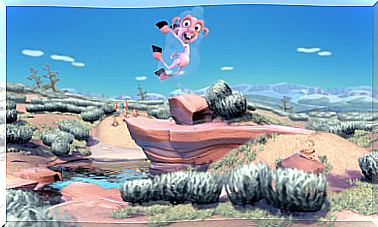What Is Constructivism In Education
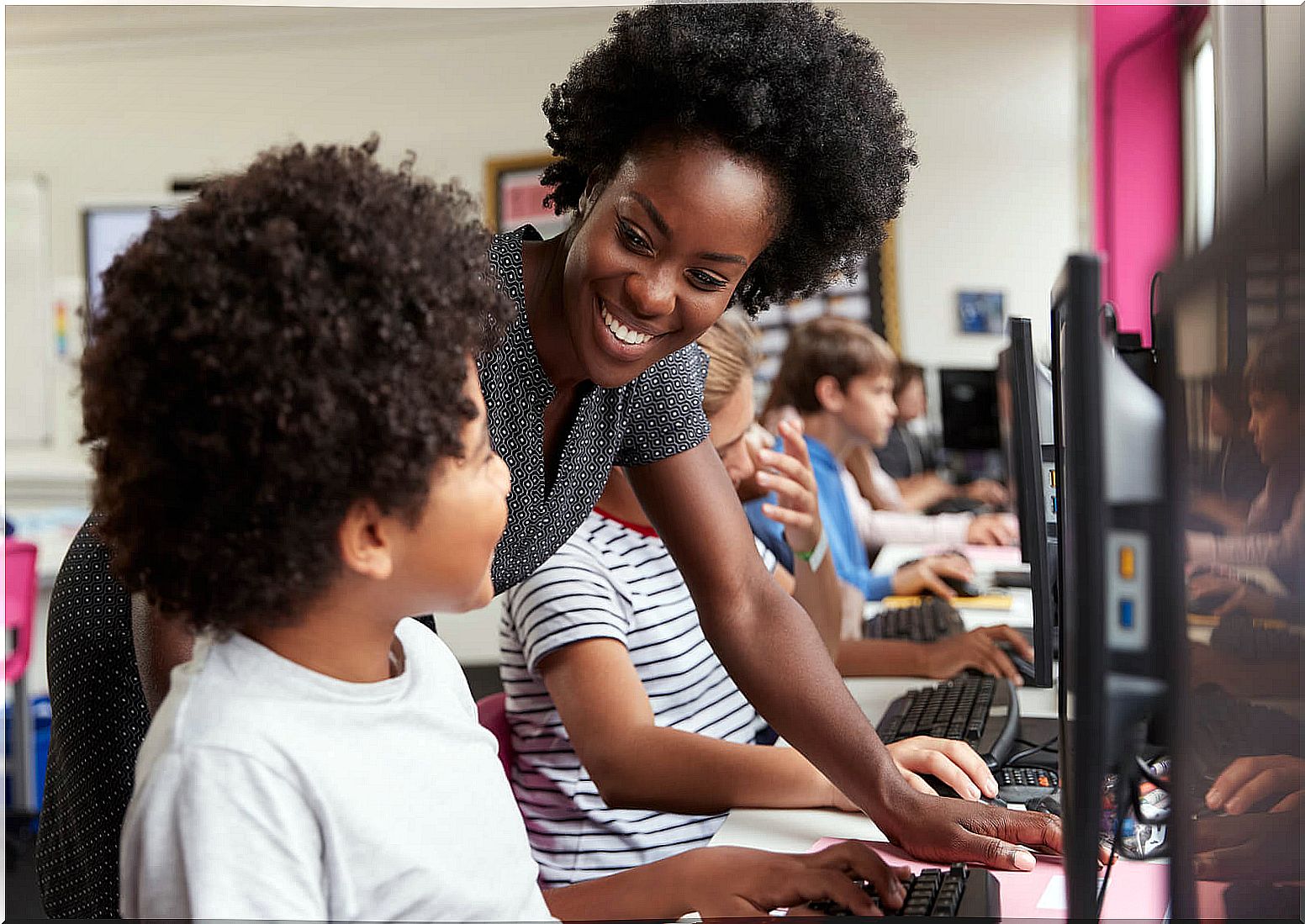
Constructivism in education defends that the student is the active generator of their learning after interaction with the knowledge to be acquired. With constructivism, the student is the main piece and the teacher becomes something secondary, although it is a key part of learning.
The new information is incorporated into previous experiences and knowledge; it is the experiences that create mental schemes that, each time, are more complex, thanks to two processes: assimilation and accommodation.
Do you want to know what constructivism in education is based on, what objectives it has and what its principles are? Keep reading to know more.
Constructivism in education
The application of constructivism in education aims to provide students with the materials, tools and resources necessary for the development of their own learning, and always under the guidance and supervision of the teacher and in the context of the classroom, where classes are taught .
Constructivism understands learning as an active, progressive, autonomous and dynamic construction process. Here the important thing is the interaction with the knowledge, not receiving it passively.
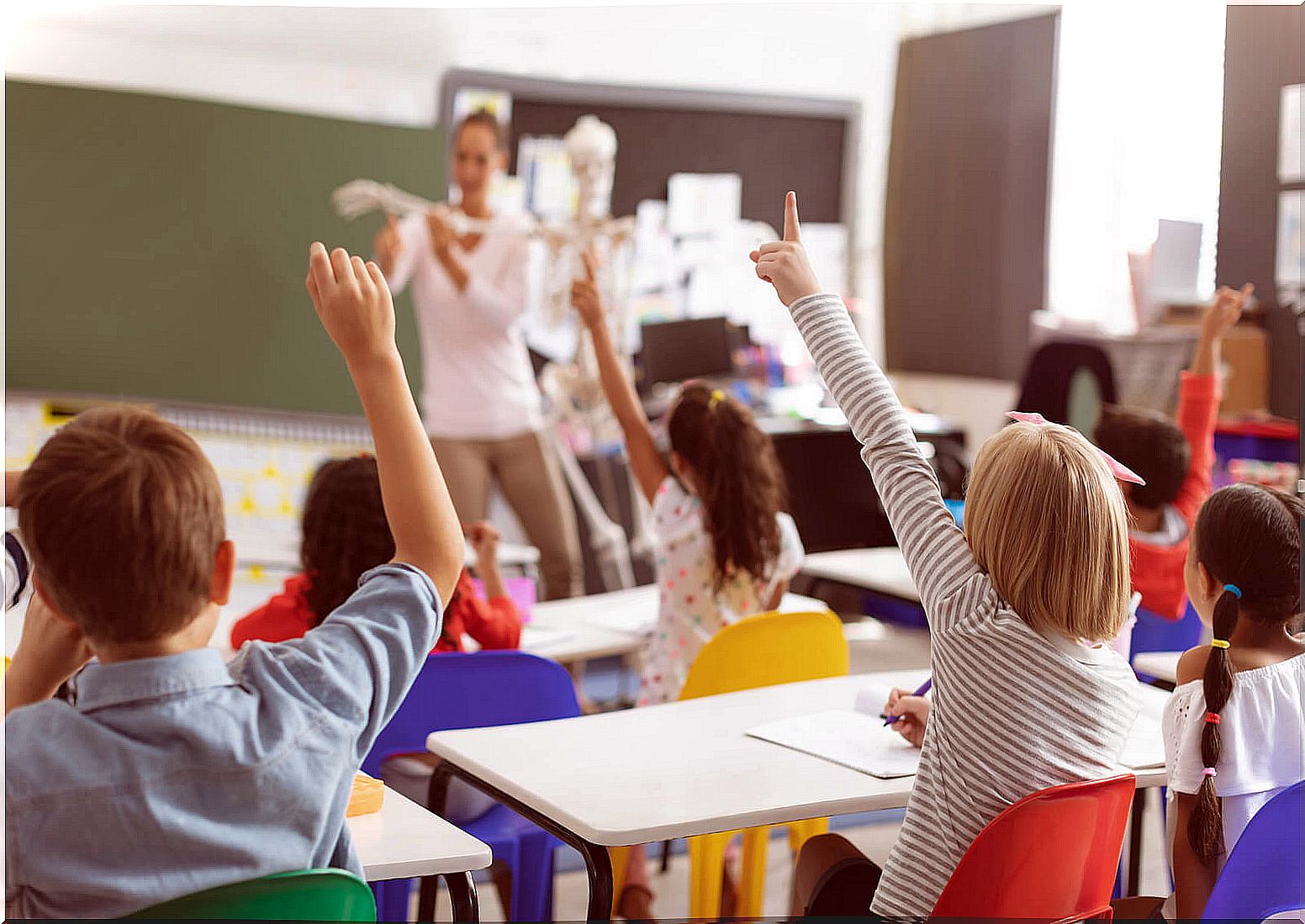
Mental schemes play an important role ; These are the experiences and the environment with which we interact and that we store in order to later acquire and adapt the new knowledge through the assimilation process.
Principles of constructivism in education
Some authors who have contributed their theories and knowledge towards this trend are Jean Piaget, Jerome Bruner, David Paul Ausubel, Joyce Setzinger and Lev S. Vigotsky. Although none declared themselves constructivist, their theories and principles are representative of this paradigm.
We are going to detail what are the principles of constructivism in education :
- The student, actively, is the one who elaborates his knowledge through interaction with what he is going to study.
- The context triggers the construction of learning.
- The new knowledge acquired takes on meaning when it is related to the previous knowledge.
- Learning means being in continuous action, analysis and reflection of each situation that is faced.
- The teacher, teacher or pedagogue only facilitates learning ; it is the student who is in charge of building it.
- Knowledge is internal to each person; it is the student who, based on their previous experiences and knowledge, builds it.
- Each student has his internal knowledge and on these reorganizes his internal experience.
- Previous knowledge and experience facilitate the development of the cognitive structure.
- The important thing is the orientation for the search for learning, not the instructions, that what they try to do is program it.
- With the experiences, the mental schemes of knowledge are built and these are changing through the experiences.
What factors participate in the learning process in constructivism?
According to constructivism, there are two main factors involved in the learning process; They are not the only ones, but they are the most important.
- Educational influence. The classroom has to be an environment that encourages learning and ensures that there is a climate of cooperation that is motivating for the student.
- Psychological factors. The knowledge to be acquired must be significant and valuable so that it can pass into the cognitive structure.
Objectives of constructivism in education
- Need to use examples to achieve learning.
- Find and give solutions to problems and real cases.
- Encourage the process of learning to learn.
- Make learning more dynamic, making the student participate actively and directly in them.
- Stimulate and motivate the development, independence and autonomy of the student so that they take charge of their learning with interest.
- Identify, interpret, classify and relate the information that may be important to be able to solve the problems that arise.
- Carry out group activities to be able to develop and stimulate negotiation and participation with other students.
- Being able to distinguish theory from reality.
- Create a transparent learning environment, adapting the content and the learning process, so that it is constant and fluid.
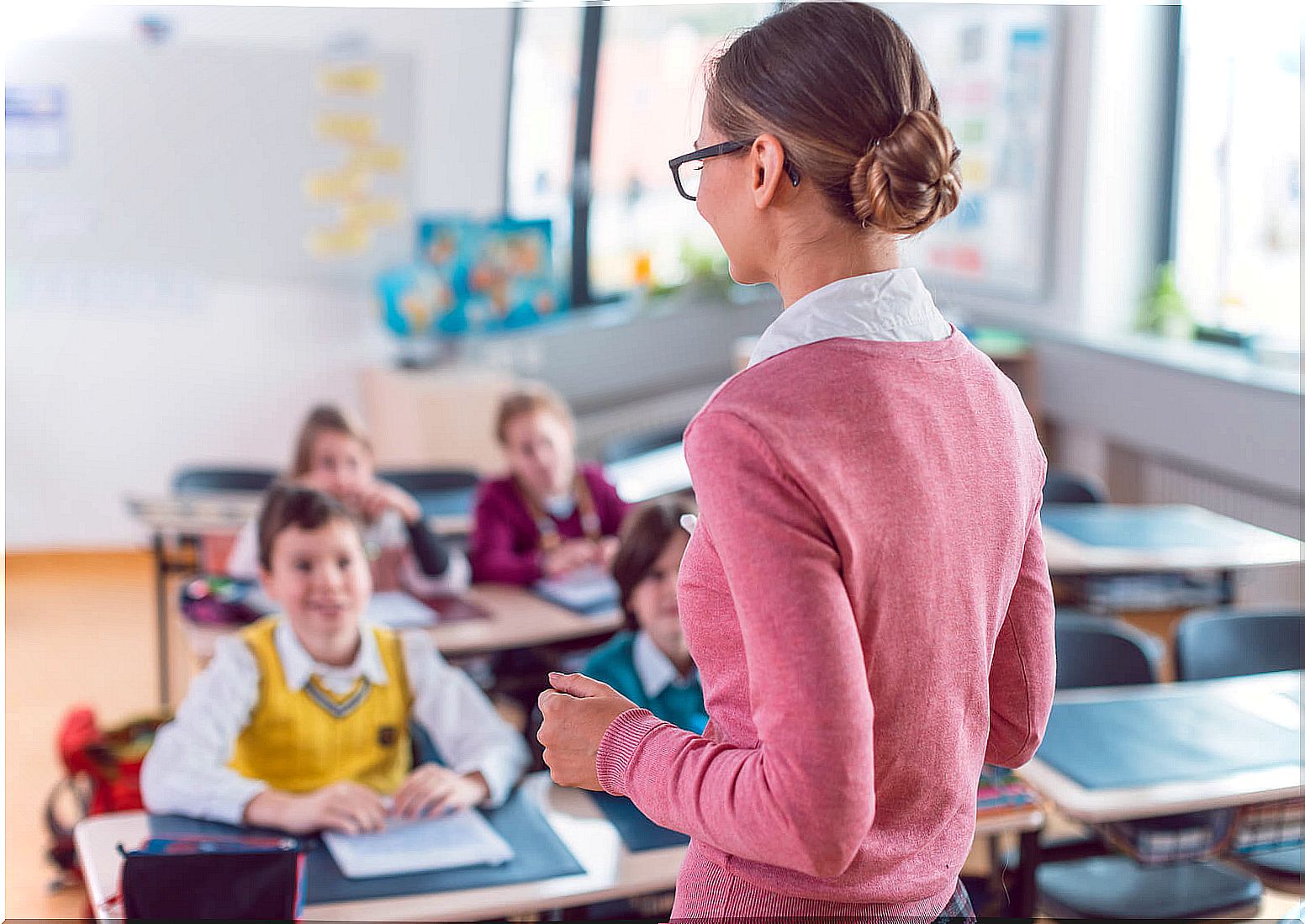
How must the educational environment based on constructivism be?
Learning environments have to favor the acquisition of knowledge autonomously and be motivating and interesting for students. Some aspects to take into account so that the environment is suitable are the following:
- The environment has to encourage the student to contact with various representations of reality.
- These representations should avoid simplifications and make them as real as possible.
- Significant activities should prevail over the imposition of content.
- We must propose environments in which there is interaction to be able to solve and solve problems without being based on instructions.
- The environment should stimulate reflection and analysis based on experience.
- In constructivist environments, the contents and contexts have to be oriented to help build knowledge.
- Collaboration and negotiation are encouraged, and the construction of knowledge is stimulated, which avoids competition for individual recognition.
In short, constructivism in education can be an effective tool for students to acquire learning autonomously, since it is he himself who has to start his own learning.
To do this, we must provide their classroom environment with tools, materials and resources so that this is the builder of their knowledge, always oriented and guided by the teacher.
